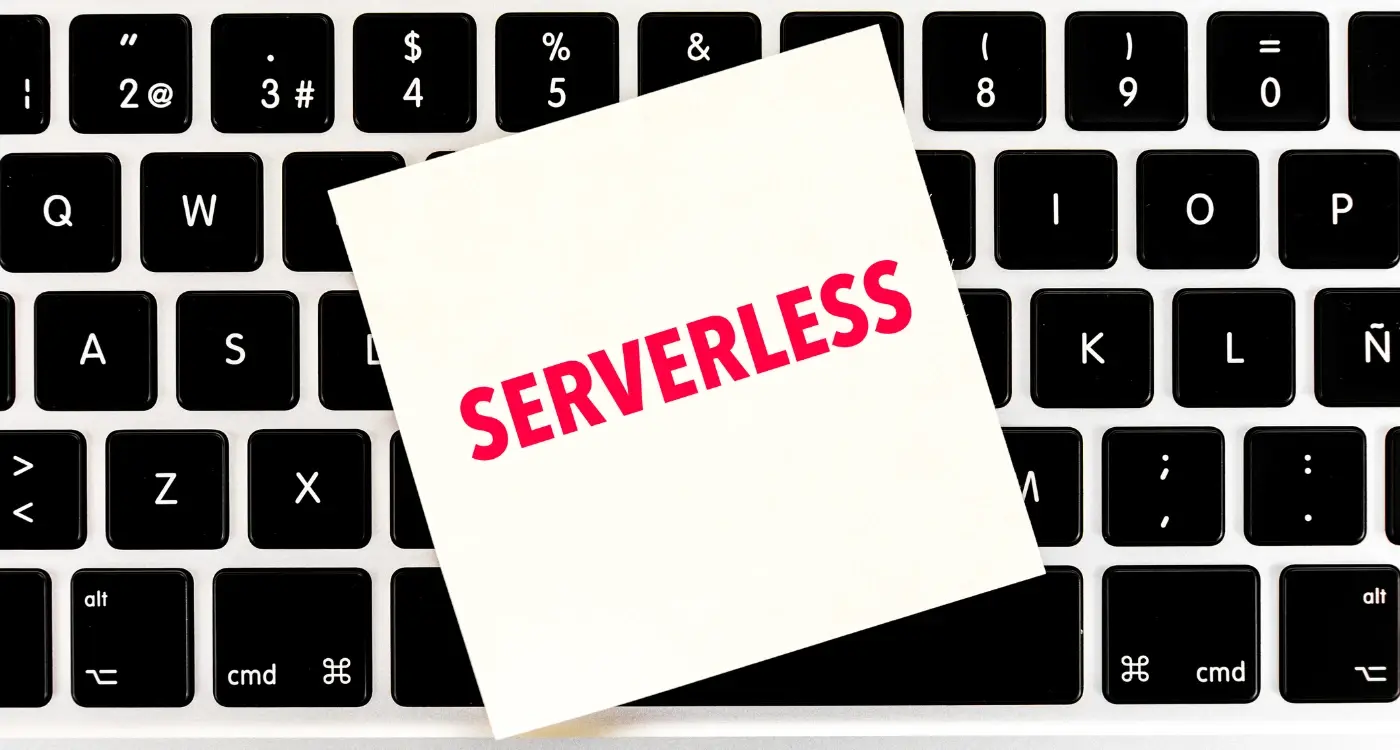What's The Best Caching Strategy For Mobile Applications?
Did you know that users will abandon a mobile app if it takes more than three seconds to load? That's a sobering statistic when you consider how much time and money goes into building these digital products. I've watched countless promising apps fail simply because they couldn't deliver content fast enough—and trust me, it's heartbreaking every single time.
The culprit behind these sluggish experiences isn't usually bad code or poor design; it's often a lack of proper caching strategy. When your mobile app needs to fetch data from servers, download images, or process user requests, caching becomes the silent hero that can make or break your app's performance optimisation efforts.
Poor caching decisions don't just slow down your app—they drain batteries, waste users' data allowances, and send people straight to your competitors
Throughout this guide, we'll explore the different caching strategies available for mobile applications, from client-side techniques that store data directly on users' devices to server-side solutions that speed up data management across your entire user base. Whether you're building your first app or optimising an existing one, understanding these caching approaches will help you create faster, more efficient mobile experiences that keep users coming back.
Understanding Mobile App Caching
Right, let's get straight to the point—caching is basically your app's way of remembering things so it doesn't have to ask for the same information over and over again. Think of it like this: when your app needs to show a user's profile picture, instead of downloading it from the server every single time, it saves a copy locally and uses that instead. Much faster, right?
Now, I've worked on apps where caching made the difference between a snappy user experience and users uninstalling the app within minutes. The reality is that people expect apps to work instantly, regardless of whether they're on a slow connection or have limited data. That's where caching becomes your best friend.
What Gets Cached in Mobile Apps
There are loads of things your app can cache, but here are the main ones:
- Images and media files
- API responses and data
- Web pages and HTML content
- User preferences and settings
- Database query results
- Static resources like fonts and stylesheets
Why Bother With Caching?
The benefits are massive—reduced loading times, lower data usage, and apps that work even when the internet connection is patchy. I've seen apps go from having terrible user reviews to five-star ratings just by implementing proper caching strategies. It's not just about speed either; it's about creating an app that feels reliable and professional, especially when you consider what offline features users actually want in their mobile experiences.
Types of Caching Strategies
When building mobile apps, you'll encounter several different caching strategies—each with their own strengths and quirks. Think of these as different tools in your toolkit; some work better for certain jobs than others. The key is knowing which one to reach for when.
Write-Through and Write-Back Caching
Write-through caching updates both the cache and the main data store at the same time. It's slower for writes but guarantees your data stays consistent. Write-back caching, on the other hand, updates the cache first and deals with the main storage later. This approach is faster but riskier—if something goes wrong, you might lose data.
Cache-Aside and Read-Through Strategies
Cache-aside puts your app in control of the cache. Your code decides when to load, update, or remove cached data. Read-through caching handles this automatically—when data isn't in the cache, it fetches it from the source and stores it for next time.
- Write-through: Slower writes, guaranteed consistency
- Write-back: Faster writes, higher risk of data loss
- Cache-aside: Full control over cache behaviour
- Read-through: Automatic cache population
- Write-around: Bypasses cache for writes to avoid pollution
Most mobile apps benefit from a hybrid approach—combining cache-aside for frequently accessed data with read-through for less predictable content. This gives you control where you need it whilst automating the routine stuff.
The strategy you choose depends on your app's specific needs. High-frequency trading apps might favour write-through for data integrity, while social media apps often use write-back for speed. There's no universal answer—just what works best for your users and your mobile app's performance optimisation goals.
Client-Side Caching Techniques
Client-side caching is where your mobile app stores data directly on the user's device—think of it as keeping frequently needed information in your phone's memory rather than asking the internet for it every single time. This approach can make your app feel lightning fast because users don't have to wait for data to download from servers when they've already seen that content before.
The most common technique is memory caching, which keeps data in your app's RAM whilst it's running. This works brilliantly for things like user profile pictures or recently viewed content, but there's a catch—the data disappears when users close your app. That's why many developers also use disk caching, which saves information to the device's storage so it persists between app sessions, similar to the considerations outlined in what happens to user data when apps go offline.
Popular Client-Side Caching Methods
- In-memory caching for temporary data storage
- Disk caching for persistent data between sessions
- Image caching to avoid re-downloading photos
- HTTP response caching for API calls
- Database result caching for complex queries
Browser-based apps can leverage local storage and IndexedDB, whilst native apps have access to more sophisticated caching libraries. The key is choosing the right combination based on your app's needs—you wouldn't want to cache sensitive user data locally, but product images? Absolutely perfect for client-side storage.
Server-Side Caching Solutions
When we talk about mobile app performance optimisation, server-side caching is where the magic really happens behind the scenes. Think of it as having a super-fast storage room right next to your kitchen—when your mobile app asks for data, the server can grab it quickly without having to cook everything from scratch every single time.
The most common server-side caching solution I recommend to clients is Redis. It's like having a lightning-fast memory bank that sits between your mobile app and your main database. When your app requests user profiles, product listings, or any frequently accessed data, Redis serves it up in milliseconds rather than seconds.
Memory-Based Caching
Memory caching solutions like Memcached and Redis store your most popular data in RAM—that's the computer's fastest storage type. Your mobile app users get their data management needs met almost instantly, which means happier users and better app store ratings.
Server-side caching can reduce mobile app response times by up to 80% for frequently requested data
Another approach is HTTP caching with tools like Varnish or CloudFlare. These sit in front of your servers and cache entire web responses, which works brilliantly for mobile apps that pull content like news articles or product catalogues. The beauty is that once it's set up properly, it just works—your mobile app gets faster without any changes to the app itself, though you'll still want to use proper monitoring tools to track the performance improvements.
Database and API Caching
When we talk about database and API caching, we're looking at the backend side of things—the stuff that happens behind the scenes to make your app run smoothly. Think of it this way: every time someone opens your app and wants to see their profile, check messages, or browse products, your app needs to ask the database for that information. Without caching, that's a lot of back-and-forth requests that can slow everything down.
Database caching works by storing frequently requested data in memory so it can be retrieved quickly. Instead of querying the database every single time, your app can grab the information from the cache first. This is particularly useful for data that doesn't change very often—like user profiles, product catalogues, or configuration settings, and it works especially well when combined with proper offline database setups.
Common Database Caching Approaches
- Redis caching for session data and temporary storage
- Memcached for distributed caching across multiple servers
- Database query result caching to avoid repeated complex queries
- Object-relational mapping (ORM) caching for frequently accessed models
API caching is slightly different but equally important. When your mobile app calls an external API—whether it's a weather service, payment processor, or social media feed—those responses can be cached too. This reduces the number of API calls you make, which often saves money since many APIs charge per request.
The key is knowing what to cache and for how long. User-specific data might be cached for minutes, whilst static content could be cached for hours or even days.
Cache Invalidation and Data Freshness
Cache invalidation might sound scary, but it's actually quite simple—it's just the process of removing or updating old data from your cache when something changes. Think of it like clearing out expired milk from your fridge; you want to keep the fresh stuff and get rid of anything that's gone off.
The tricky part is knowing when to invalidate your cache. Get it wrong and users might see outdated information, which can be confusing or even harmful depending on your mobile app. Get it right and your app runs smoothly with fresh data that users can trust, and you won't have to deal with negative comments about data inconsistencies on social media.
Common Cache Invalidation Strategies
There are several ways to handle cache invalidation, and each has its place depending on your app's needs:
- Time-based expiration - Set a timer on cached data and refresh it automatically
- Event-driven invalidation - Clear cache when specific actions happen (like user updates)
- Manual invalidation - Give users a pull-to-refresh option
- Version-based invalidation - Use version numbers to track data changes
Start with time-based expiration for most data—it's simple to implement and covers the majority of use cases. You can always add more sophisticated invalidation strategies later as your app grows.
The key is finding the right balance between performance optimisation and data freshness. Some data (like user profiles) can be cached for hours, whilst other information (like stock prices) needs refreshing every few minutes. This balance is crucial for maintaining a smooth user experience, and getting it wrong can lead to the same common onboarding mistakes that frustrate users from day one.
Conclusion
After working with countless mobile apps over the years, I can tell you that getting your caching strategy right isn't just about picking the fanciest technique—it's about understanding your users and what they actually need. The best caching approach for your app depends on your specific situation: what kind of data you're handling, how often it changes, and what your users expect from the experience.
What I've learned is that most successful apps use a combination of different caching methods rather than relying on just one. You might use client-side caching for images and static content, server-side caching for frequently requested data, and database caching for complex queries. The key is making sure they all work together smoothly.
Don't forget that caching isn't something you set up once and forget about. Your app will grow, your user base will change, and new technologies will emerge. Keep monitoring how your caching performs and be ready to adjust your approach when needed. The goal is always the same: giving your users a fast, reliable experience that keeps them coming back to your app.
Share this
Subscribe To Our Learning Centre
You May Also Like
These Related Guides

What Is Serverless Architecture and Do I Need It for My Mobile App?

What's a Good App Loading Time and How Do I Achieve It?



